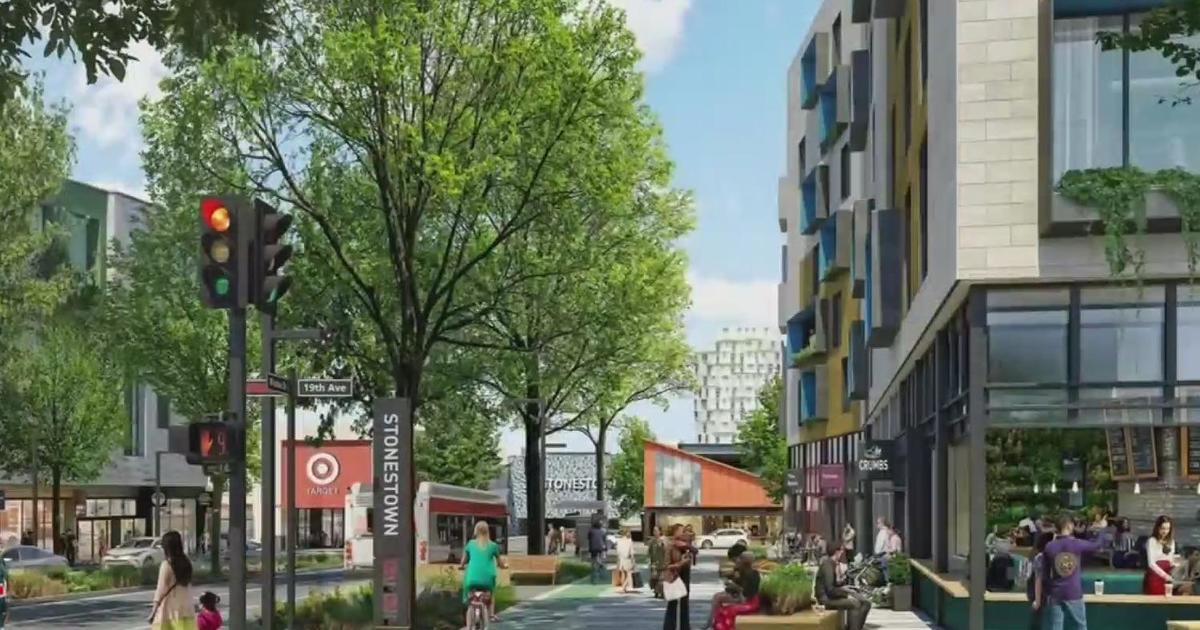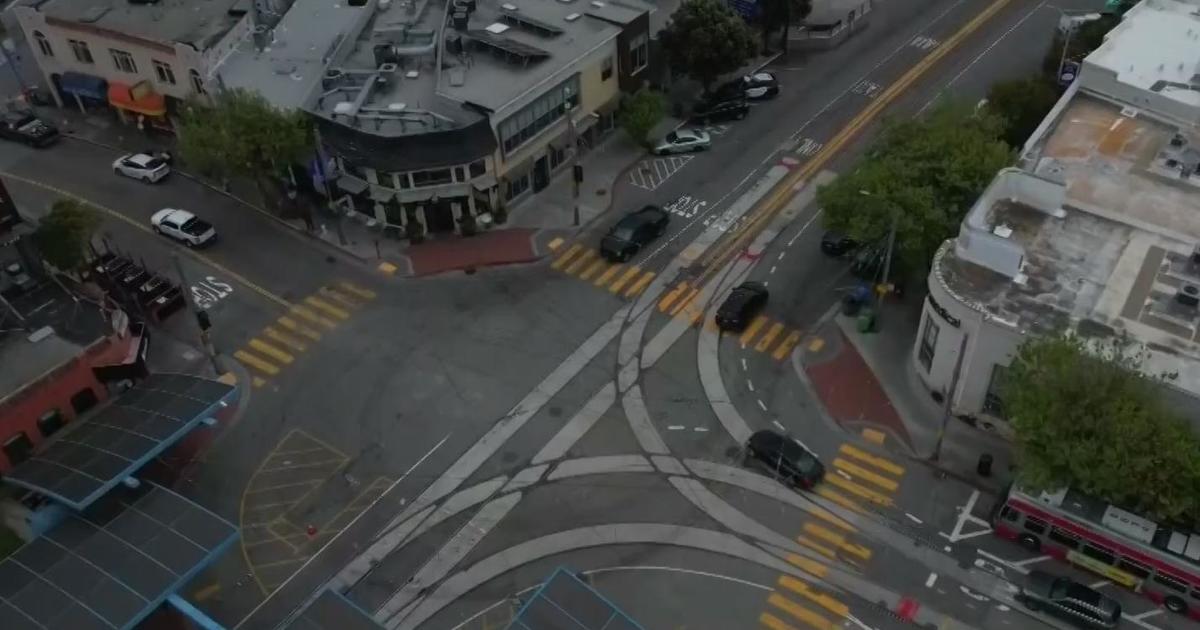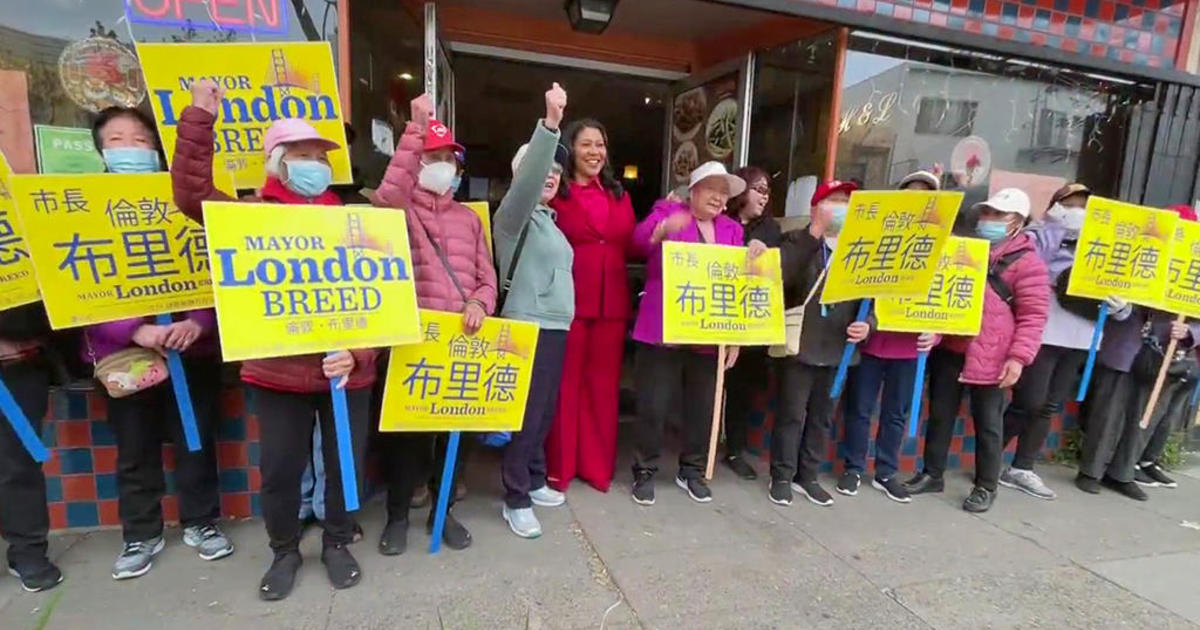Public School Selection Anything But Elementary In San Francisco
SAN FRANCISCO (CBS 5) - For San Francisco parents, getting their first pick of public schools is no small feat, even for in-the-know parents who have already devoted time researching schools in anticipation the city's multi-layered selection process.
Nisreen Witt who lives in a trendy part of Potrero Hill took her son to his first day of kindergarten Monday. Her son is going to Buena Vista, one of the most sought-after public elementary schools in the city. "It was our first pick," says Witt.
Witt knows her ability to get her son into one of the most requested schools had nothing to do with luck. Her neighborhood, which includes a low income housing project, has generated some of the lowest test scores in the city. The district calls such neighborhoods "CTIP-1," and permits the students who live in these areas to get their top picks. "We get priority compared to people who live just a couple of blocks away."
San Francisco "has a long history of choice in trying to create diverse pools that reflect the diversity of our city while also making it a transparent process that is accessible to families," says Orla O'Keefe of the San Francisco Unified School District.
However, Joanna Mroz, who lives in Bernal Heights, did not have the same opportunity. After a long process of visiting and interviewing at schools in the city, Mroz listed 14 schools where she was willing to send her daughter. She received none of her choices in the first two rounds of the district's placement process, and opted to send her daughter to private school.
Participating in the third round would mean her daughter would not get an assignment until after school has started. "I still would not be guaranteed the school I put down in my third choice. So the district could eventually say that the only slot that is available us at school that is six miles away or at the school that they had originally assigned. I am not able to take that kind of risk with my daughter."
Parents who want to place their first child in public school are in a tight spot in San Francisco, especially if they live in a neighborhood with a high performing school.
Clarendon Elementary located near the Twin Peaks neighborhood is the most requested school in the district. Last year, more than 1,800 students request a seat at the school that had only 88 openings. 40 spots went to students who already had siblings in attendance. Another 30 were allocated to CTIP-1 students, leaving 18 spot for other students. This trend is echoed all over the city where a few certain schools are requested by many more than the school can accommodate.
"It is unfortunate that we won't be able to keep families in the neighborhood that might wish to say," commented Stacey Bartlett, who a few years ago started Potrero Kids pre-school on the campus of the once under-performing Webster Elementary. Her aim: to get parents to stay in the neighborhood when sending their kids to school.
Bartlett's private preschool has been a success and more parents are staying, but now she faces another challenge: her own daughter had trouble getting into Webster. "That was extremely frustrating after working at the school for five and a half years."
The diversity the district aims to achieve has not materialized. According to district statistics, nine percent of the students are African American, but that percentage is not reflected at the sixteen most requested schools in the district. A preponderance of African American students attend schools in CTIP-1 neighborhoods.
Transportation to other neighborhoods is limited. This school year, the district cut another eight buses from the budget, making it tough for families to send students across town for schooling. Still, experts who track lottery systems at public schools believe SFUSD's attempt to promote diversity is better than not making one at all, and that having a diverse population at schools may not be in the districts hands at all.
"The biggest constraint to these things is residential segregation patterns even when they have a choice," says Stanford University's Sean Reardon. "The district can't do much about that."
(Copyright 2012 by CBS San Francisco. All Rights Reserved. This material may not be published, broadcast, rewritten, or redistributed.)



